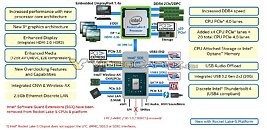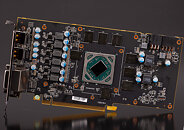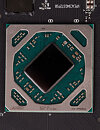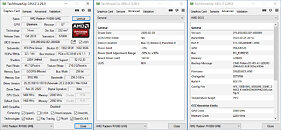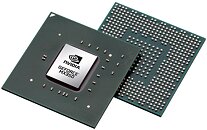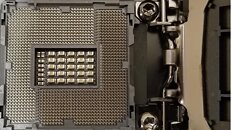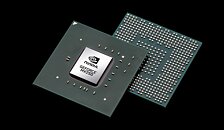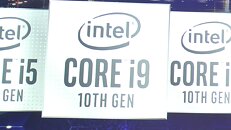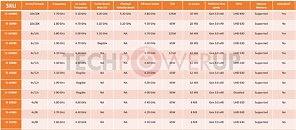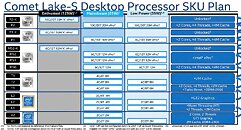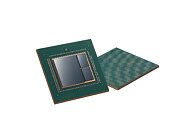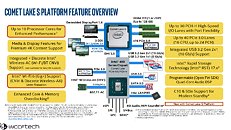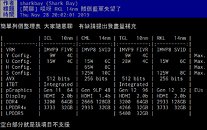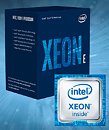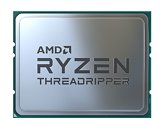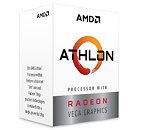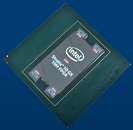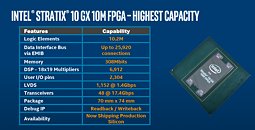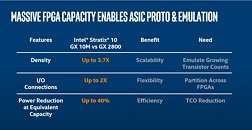
Intel Rocket Lake-S Platform Detailed, Features PCIe 4.0 and Xe Graphics
Intel's upcoming Rocket Lake-S desktop platform is expected to arrive sometime later this year, however, we didn't have any concrete details on what will it bring. Thanks to the exclusive information obtained by VideoCardz'es sources at Intel, there are some more details regarding the RKL-S platform. To start, the RKL-S platform is based on a 500-series chipset. This is an iteration of the upcoming 400-series chipset, and it features many platform improvements. The 500-series chipset based motherboards will supposedly have an LGA 1200 socket, which is an improvement in pin count compared to LGA 1151 socket found on 300 series chipset.
The main improvement is the CPU core itself, which is supposedly a 14 nm adaptation of Tiger Lake-U based on Willow Cove core. This design is representing a backport of IP to an older manufacturing node, which results in bigger die space due to larger node used. When it comes to the platform improvements, it will support the long-awaited PCIe 4.0 connection already present on competing platforms from AMD. It will enable much faster SSD speeds as there are already PCIe 4.0 NVMe devices that run at 7 GB/s speeds. With RKL-S, there will be 20 PCIe 4.0 lanes present, where four would go to the NVMe SSD and 16 would go to the PCIe slots from GPUs. Another interesting feature of the RKL-S is the addition of Xe graphics found on the CPU die, meant as iGPU. Supposedly based on Gen12 graphics, it will bring support for HDMI 2.0b and DisplayPort 1.4a connectors.
The main improvement is the CPU core itself, which is supposedly a 14 nm adaptation of Tiger Lake-U based on Willow Cove core. This design is representing a backport of IP to an older manufacturing node, which results in bigger die space due to larger node used. When it comes to the platform improvements, it will support the long-awaited PCIe 4.0 connection already present on competing platforms from AMD. It will enable much faster SSD speeds as there are already PCIe 4.0 NVMe devices that run at 7 GB/s speeds. With RKL-S, there will be 20 PCIe 4.0 lanes present, where four would go to the NVMe SSD and 16 would go to the PCIe slots from GPUs. Another interesting feature of the RKL-S is the addition of Xe graphics found on the CPU die, meant as iGPU. Supposedly based on Gen12 graphics, it will bring support for HDMI 2.0b and DisplayPort 1.4a connectors.
